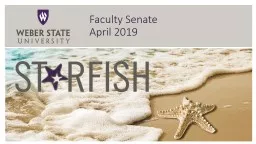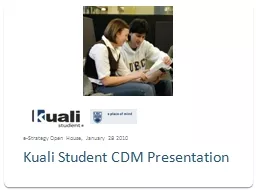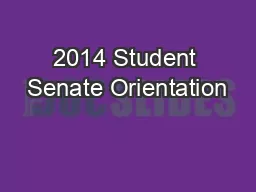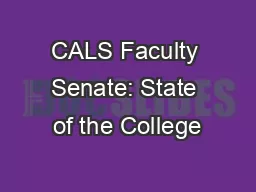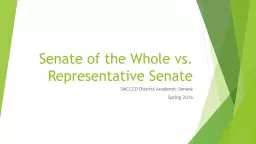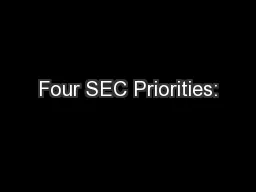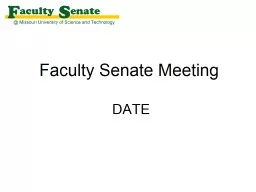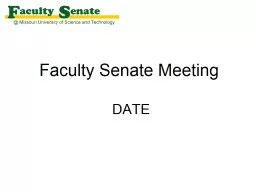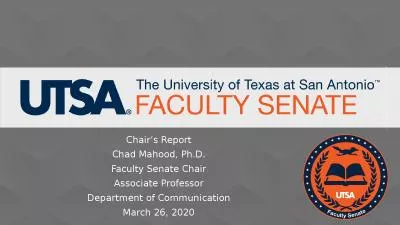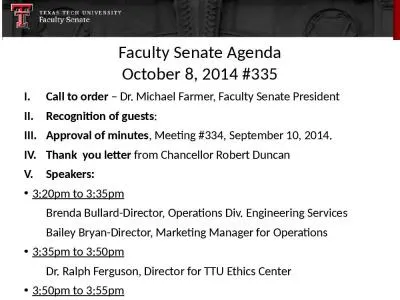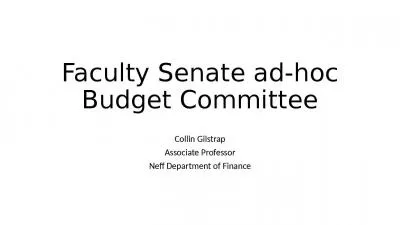PPT-Faculty Senate April 2019
Author : spiderslipk | Published Date : 2020-06-22
Why Starfish The educational environment that cultivates successful students at Weber State builds upon life experiences students bring to their college career WSU
Presentation Embed Code
Download Presentation
Download Presentation The PPT/PDF document "Faculty Senate April 2019" is the property of its rightful owner. Permission is granted to download and print the materials on this website for personal, non-commercial use only, and to display it on your personal computer provided you do not modify the materials and that you retain all copyright notices contained in the materials. By downloading content from our website, you accept the terms of this agreement.
Faculty Senate April 2019: Transcript
Download Rules Of Document
"Faculty Senate April 2019"The content belongs to its owner. You may download and print it for personal use, without modification, and keep all copyright notices. By downloading, you agree to these terms.
Related Documents

